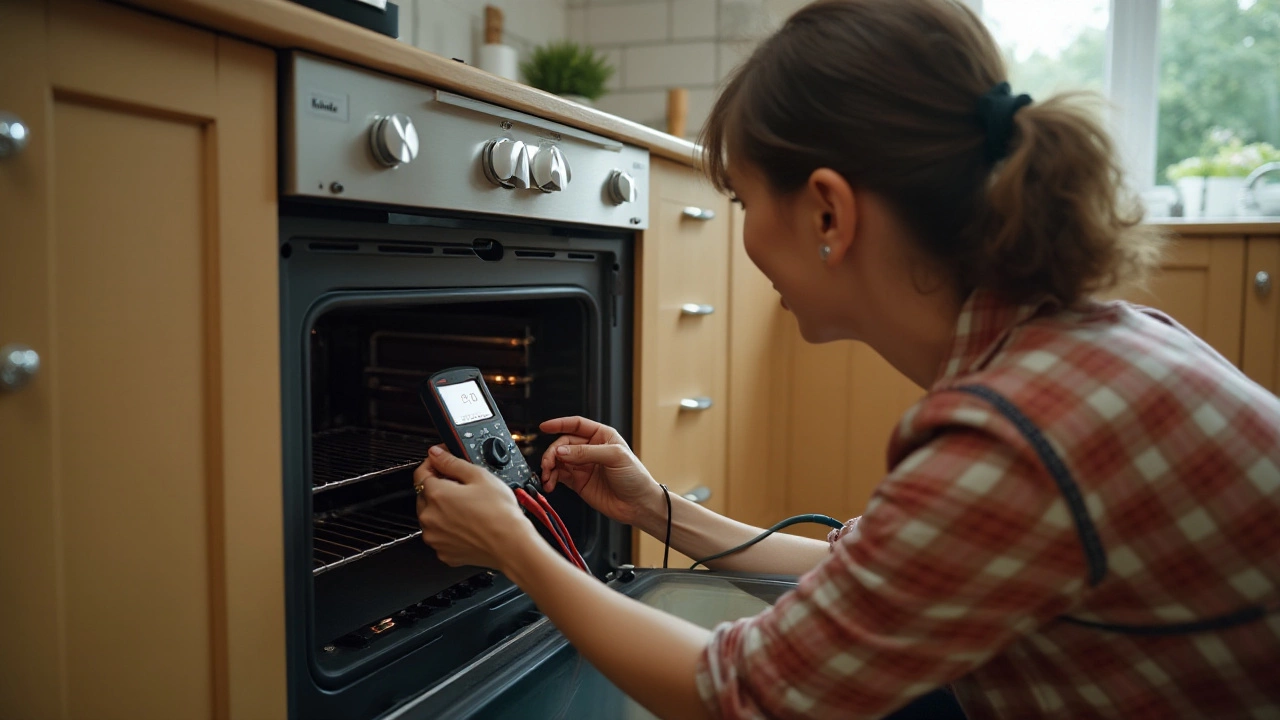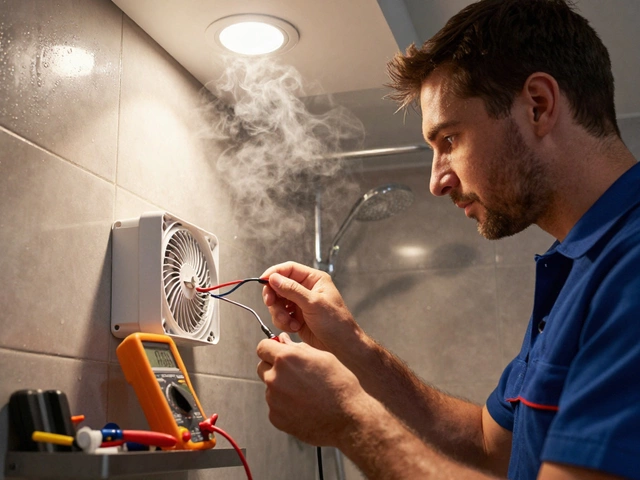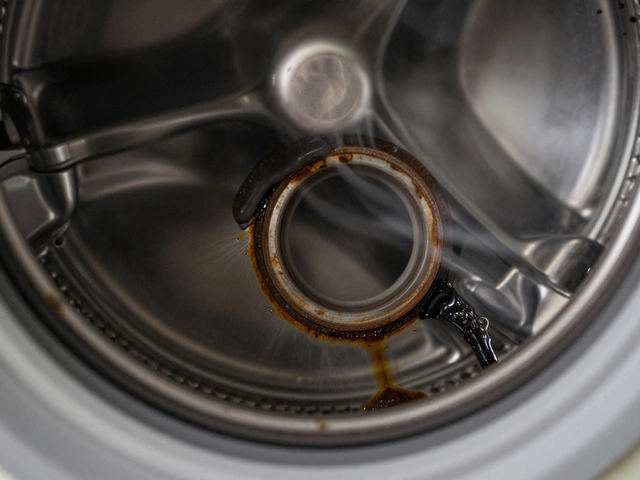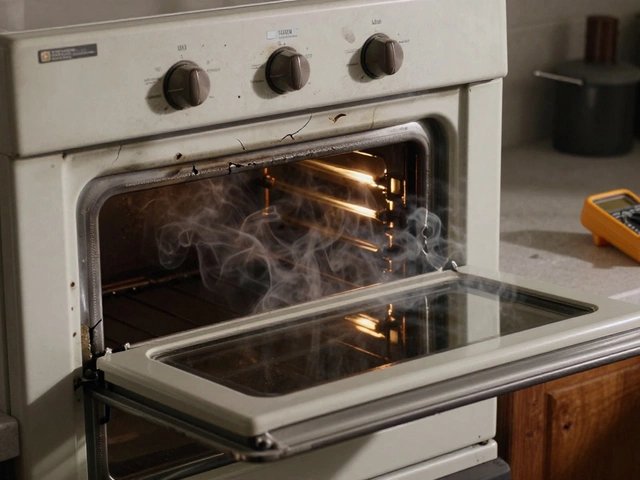Oven Faults: Spotting and Solving the Most Common Problems
When your oven stops heating, clicks weirdly, or shows error codes, it’s easy to feel stuck. The good news is most oven faults are caused by a few simple parts that you can test yourself before calling a technician. Below we break down the usual suspects, how to tell they’re the problem, and quick fixes you can try.
1. Heating Element or Thermostat Issues
The heating element is the metal coil that actually gets hot. If it’s broken, the oven won’t heat or will heat unevenly. Look for visible cracks, a burnt smell, or a cold spot when the oven is on. To test, unplug the oven, remove the element, and use a multimeter set to resistance (ohms). A healthy element shows a steady reading, typically between 10‑30 Ω. If the reading is infinite, the element is busted and needs replacing.
The thermostat (or temperature sensor) tells the oven how hot to get. A faulty thermostat can make the oven stay too cool or overheat. You can check it the same way—unplug, locate the sensor, and measure resistance. Most sensors read around 1 kΩ at room temperature and change predictably as they warm up. If the reading is way off, swap it with a new sensor.
2. Control Board Failures
Modern ovens rely on an electronic control board to manage everything from timing to temperature. When the board goes bad, you might see flashing lights, random error codes, or a completely dead display. First, reset the oven by turning off the breaker for a minute and turning it back on. If the problem persists, inspect the board for burnt spots or loose connections. Replacing a control board is more expensive than an element, so weigh the cost against the oven’s age.
Sometimes the issue isn’t the board itself but a loose wire or a blown fuse on the board. Open the back panel, locate the fuse (usually a small glass tube), and test it with a multimeter. A good fuse shows continuity; a blown one will read infinite.
3. Simple Checks Before You Call Help
Before you grab a screwdriver, run through these quick steps:
- Make sure the oven is properly plugged in and the circuit breaker hasn’t tripped.
- Check the door latch – a loose door can stop the oven from heating for safety reasons.
- Clean any debris from the oven’s vents; poor airflow can cause overheating warnings.
- Reset the oven by turning off the power for one minute; many electronic glitches clear up this way.
If none of these reset the problem, it’s time to move on to the parts list above.
Remember, safety comes first. Always unplug the oven before opening any panels, and if you’re unsure about any test, it’s smarter to call a local pro. At Hinckley Home Appliance Repair Services we’ve fixed dozens of ovens, so you can trust that a proper diagnosis saves you both time and money. Keep this guide handy, and you’ll know exactly what’s wrong the next time your oven misbehaves.
30 July 2024
·
0 Comments
Electric ovens are an essential part of modern kitchens, but they come with their own set of common problems that can arise over time. These issues may range from temperature inconsistencies to faulty heating elements. Understanding these faults and knowing how to address them can save time and expenses. This article offers practical insights and tips on how to troubleshoot and maintain your electric oven effectively.
Read more






